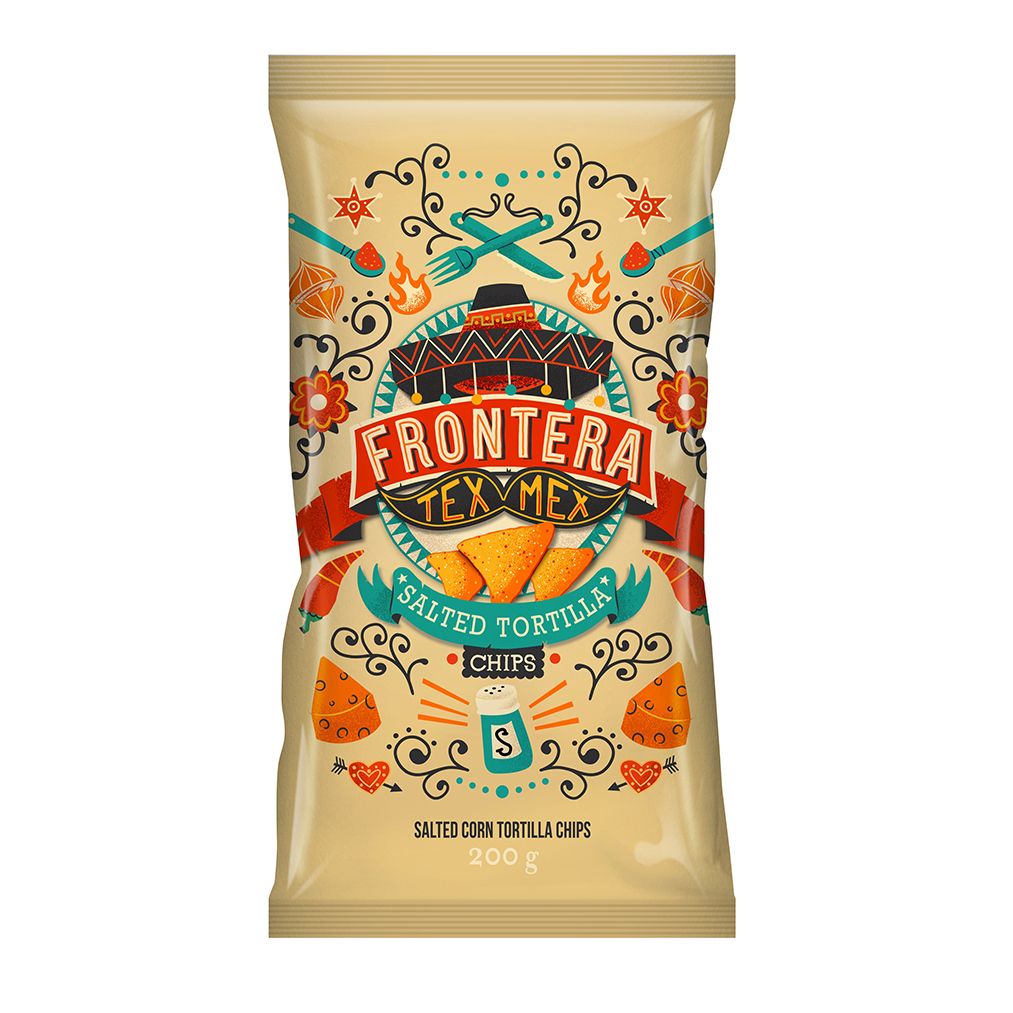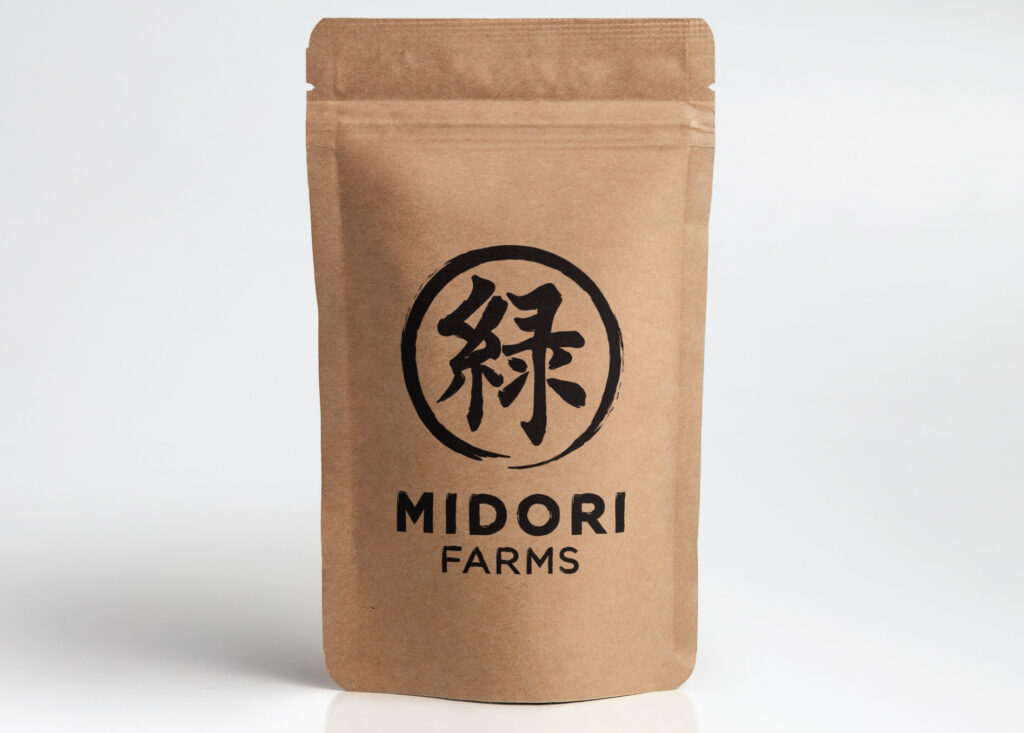
The visual language of graphic design is undergoing a global evolution in the dynamic world of food and beverage, where culinary delights traverse borders. Design trends are no longer confined by geographical boundaries but, instead, draw inspiration from diverse cultures, aesthetics and innovations. Staying current with these global trends in food and beverage graphic design is not merely a choice; it’s a strategic imperative for brands seeking to enhance their global appeal.
Cultural fusion: a tapestry of global influences
One of the prevailing trends in food and beverage graphic design is the celebration of cultural diversity. Brands are increasingly drawing inspiration from various culinary traditions and weaving them into their visual identity. Whether it’s the use of vibrant colours inspired by Mexican street food or the incorporation of minimalist Japanese design principles, cultural fusion creates a visual tapestry that resonates with an international audience.
This trend not only pays homage to the rich tapestry of global cuisine but also communicates a brand’s openness to diverse flavours and experiences. It fosters inclusivity, making consumers from different cultural backgrounds feel seen, appreciated and even important. The fusion of global influences is not just a design choice; it’s a reflection of the interconnected world of food and beverage.

Sustainable aesthetics: visualizing ethical choices
As sustainability takes centre stage on the global agenda, it is also influencing graphic design in the food and beverage sector. Brands are adopting eco-friendly and sustainable design practices, incorporating earthy tones, organic textures and minimalist layouts which resonates with the increasing number of consumers who prioritise environmental consciousness.
Icons representing eco-friendly practices, such as recyclability or sustainable sourcing, are becoming integral – and essential – elements of graphic design. These visuals serve as a shorthand for a brand’s dedication to responsible practices, aligning with the growing global awareness of environmental issues.

Nostalgia and authenticity: timeless appeal
In a world that often feels fast-paced and ever-changing, there’s a rising trend in leveraging nostalgia and authenticity in graphic design. Brands are embracing vintage-inspired visuals, retro typography and illustrations reminiscent of a bygone era. This approach not only evokes feelings of nostalgia but also communicates a sense of timelessness and authenticity.
And authenticity, in particular, is crucial in the global food and beverage landscape where consumers are seeking genuine experiences and connections to the origins of their food and drink. Graphic design that captures the essence of a brand’s heritage or the authenticity of traditional preparation methods resonates with audiences worldwide.

Digital integration: navigating the virtual landscape
The digital revolution has transformed how consumers interact with food and beverage brands. In response, graphic design is increasingly integrating digital elements to enhance the user experience. From QR codes that lead to immersive brand stories to animated graphics for online menus, digital integration is a global trend shaping the future of food and beverage design.
The ability to seamlessly transition from physical to digital mediums ensures a cohesive brand experience across various touchpoints. As the world becomes more connected digitally, brands that embrace this trend are better equipped to engage with a global audience and adapt to the evolving landscape of consumer interaction.

The strategic impact: enhancing global appeal
Staying current with these global graphic design trends is not merely an aesthetic choice for food and beverage brands; it is a strategic move to enhance global appeal. A brand’s visual identity is often the first point of contact with consumers, and it sets the tone for their entire experience. By aligning with global design trends, brands signal that they are not only in tune with the ever-changing tastes and preferences of consumers but also ready to engage with diverse audiences on a global scale.
Furthermore, a cohesive and current design language strengthens brand recognition and recall. In a global marketplace where competition is fierce, the ability to stand out and be remembered is a significant advantage. As the saying goes, we eat with our eyes first, and in the global arena, it’s

